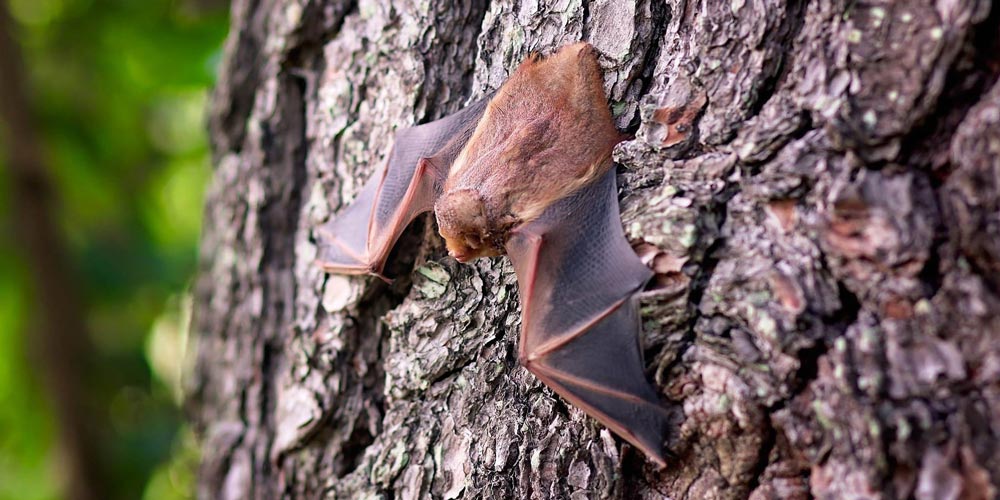
Local
Bat positive for rabies found on local Minneapolis footpath
A bat was found by a passerby on a walking pathway between Lake Harriet band shell and Lyndale Park on August 10th. The passerby collected the bat and brought it to local wildlife rehabilitation center. The bat subsequently died 2 days later and was submitted and tested positive for rabies on August 14th.
The passerby collected the bat appropriately but MDH would like talk to any person that may have come in contact with the bat.
Rabies is a fatal disease transmitted through the saliva of infected animals. Bats and skunks are of particular importance and make up the majority of Minnesota’s annual reported cases. MDH recommends if a bat is found in a room of a sleeping person or unattended child, the bat should be submitted to Veterinary Diagnostic Laboratory (VDL) for testing. If capture is not possible, the person in contact should start post-exposure prophylaxis.
Board of Animal Heath recommends pet owners vaccinate their animals against rabies. Human cases of rabies have substantially decreased over the past 100 years in part due to vaccination and surveillance. Less than 15 percent of Minnesota’s reported animal cases occur in domestic species.
Minnesota Department of Health
Minnesota Board of Animal Health
National
Indemnity for Highly Pathogenic Avian Influenza
Effective as of August 15th 2018, APHIS issued the final rule specifying conditions for indemnity payment by the USDA to farms affected by HPAI.
This addresses concerns from stakeholders regarding the interim rule such as the adequacy of self-certification biosecurity. Between 2014-2015 there were 21 HPAI infected backyard flocks totalling 10,000 birds depopulated and 211 commercial flocks totalling 50 million birds depopulated.
The final rule makes three adjustments from the interim rule: splits indemnity payments between poultry and egg owners and their contracted grower, adopts biosecurity principles from National Poultry Improvement Plan (NPIP), and requires biosecurity audits of large-scale operations.
A list of 14 recommended biosecurity principles developed by the NPIP, a cooperative state, federal, and industry program for controlling certain poultry diseases, are provided to poultry and egg owners and contractors. Small growers and contractors are exempt from this requirement as many small facilities raise free-range birds and they often have to spend more per bird to construct possible enclosures. Payments are based on fair market value and only for deceased birds or eggs destroyed.
Animal and Plant Inspection Services
Federal Register
International
Out with the old and out with the new.
With the growing concern over neonicotinoids, there have been attempts to find a new generation of pesticides. Neonicotinoids are the most commonly used pesticides in the world and have been linked to the decline of honey bees, wild bees and other pollinators. In April 2018, European member states voted for a near complete ban of neonicotinoid use outside of permanent greenhouse structures in the European Union (EU).
In response, the demand for alternative products has risen and Solfoximine is likely filling the gap. Solfoximine-based insecticides are licensed for use or considered for use in many markets worldwide including the EU.
Preliminary research published in Nature shows that bees exposed to post-spray field concentrations of Solfoximine in the early growth phase produced significantly fewer workers and ultimately fewer reproductive offspring than unexposed controls. Researchers are calling for further investigation into the use of new pesticides to determine their effect on the environment prior to the development of policy and regulation.
BBC | New pesticides 'may have risks for bees'
BC | EU member states support near-total neonicotinoids ban
Nature
Questions, comments, feedback about today's Weekly Update? Please email Dr. Gus Brihn
Receive the Weekly Update right in your inbox on Tuesdays and Thursdays. Subscribe now at z.umn.edu/WeeklyUpdateSubscribe
